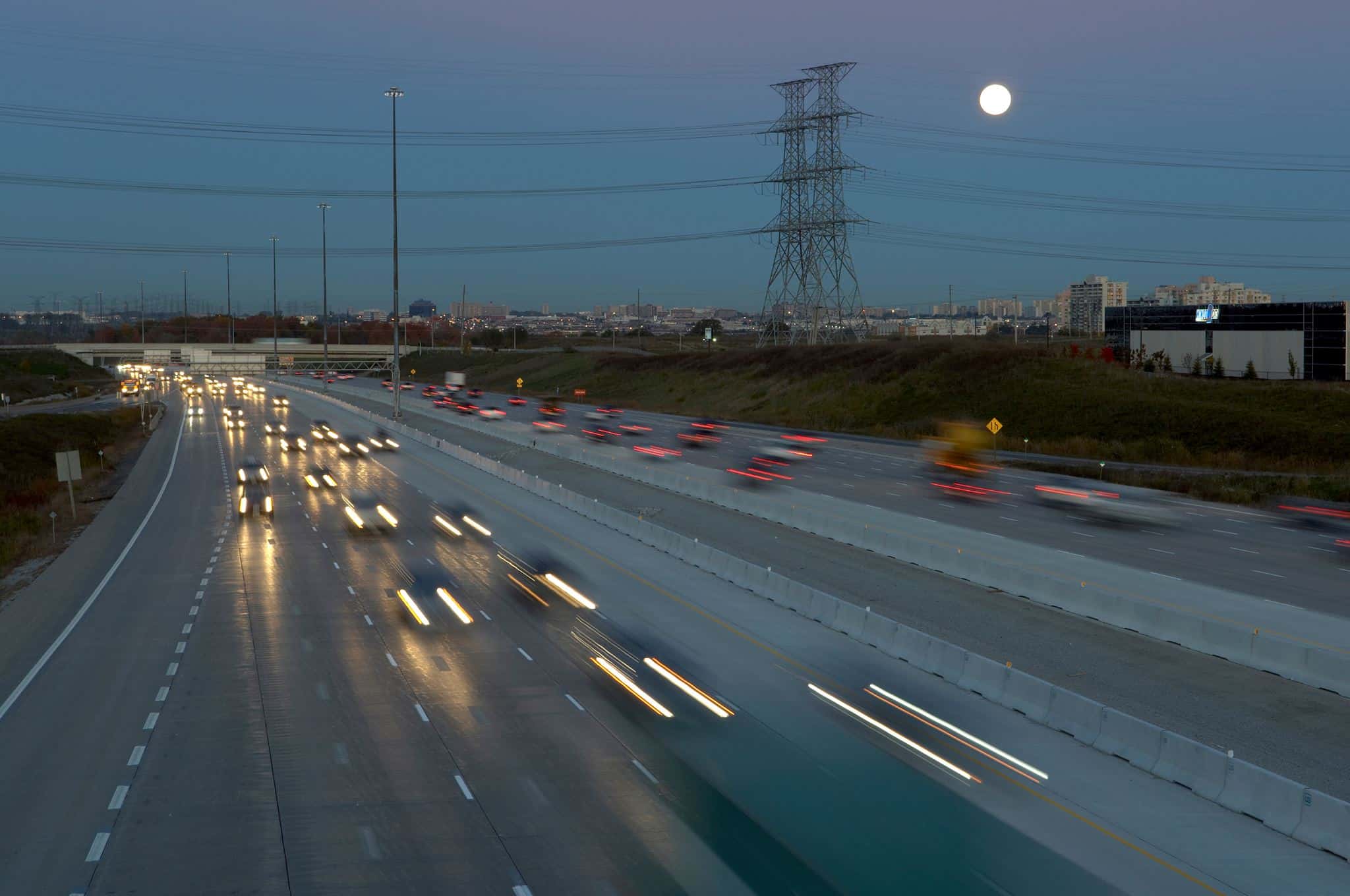Here’s How Much 407 Tolls are Rising Next Month
Published January 28, 2019 at 10:46 pm

If you regularly use the 407 ETR, you know that the use of the luxurious GTA highway comes at a price (an actual, literal price).
Ontario’s tolled highway benefits commuters who don’t want to deal with traffic on the province’s other 400-series highways, but it’s not always the most affordable option.
And now, it looks like some fees and tolls are climbing even higher this year.
In late 2018, the 407 announced a range of updates to current tolls and fees would come into effect on Feb. 1, 2019.
You can see a chart with the new tolls below:
In 2018, the fees looked like this:
Some prices are up year over year, including zone 3 (427 to 404, eastbound), where prices are now 57 cents a kilometre during peak afternoon rush hour. In 2018, driving in zone 3 between 3:30 p.m. and 6:00 p.m. cost 50 cents a kilometre.
In zone 1 (QEW to 401, eastbound), prices are now at 51 cents a kilometre from 7:00 to 9:30 a.m. Last year, prices for the same zone sat at 47 cents.
The 407 says that some fees for light vehicles will remain the same as 2018, including:
The Monthly Transponder Lease Fee is $3.95.
The Monthly Video Account Fee is $3.95.
The Trip Toll charge for light vehicles is $1.00.
That said some fees will increase. The 407 says the camera charge for light vehicle customers without a transponder will be $4.20.
The annual transponder lease fee will be $24.50. An additional transponder remains $9.95 per year, leased annually or $1 monthly.
As for why the prices are increasing, the 407 says 2018 marked significant growth for the east-west highway.
Operators say the 407 ETR added a new lane in each direction at the east-end of the roadway, added new bridge structures and resurfaced many kilometres of existing asphalt and concrete lanes.
The company says it also completed a multi-year project to update its roadside technology.
“Excellent highway maintenance keeps the roadway safe and ensures every driver has a quality trip. While not a requirement of the contract to operate the highway, the company (in addition to paying for all the daily operational costs of policing) invested $7 million in a new Ontario Provincial Police (OPP) Detachment building from which the OPP now operates much closer to the highway. 407 ETR also opened new yard and maintenance facilities to help ensure rapid response to incidents and weather events along the highway,” the company said.
But while commuters might balk at how costly the 407 is, it’s no secret that people use the often–and more drivers make it part of their commute every year.
According to the 407, average daily workday trips have increased from 237,000 in 1999, to over 413,000 in 2017. Total annual trips have increased from 71.9 million in 1999, to over 125 million in 2017.
Total kilometres travelled on 407 ETR per year has increased from 1.275 billion in 1999, to 2.708 billion in 2017.
The number of transponders in circulation has increased from 346,371 with a user rate of 67 per cent in 1999, to over 1,434,000 and a user rate of over 80 per cent in 2017.
The 407 also says that no taxpayer dollars have contributed to the construction, expansion, extension or maintenance of the highway since 1999, when 407 ETR paid $3.1 billion to the Ontario government for the contract/lease to operate the highway.
Since then, 407 ETR says it has invested more than $1.6 billion into improvements to customer service and the highway, including over 250 new lane kilometres since starting operations–almost half the current capacity of the highway.
INsauga's Editorial Standards and Policies